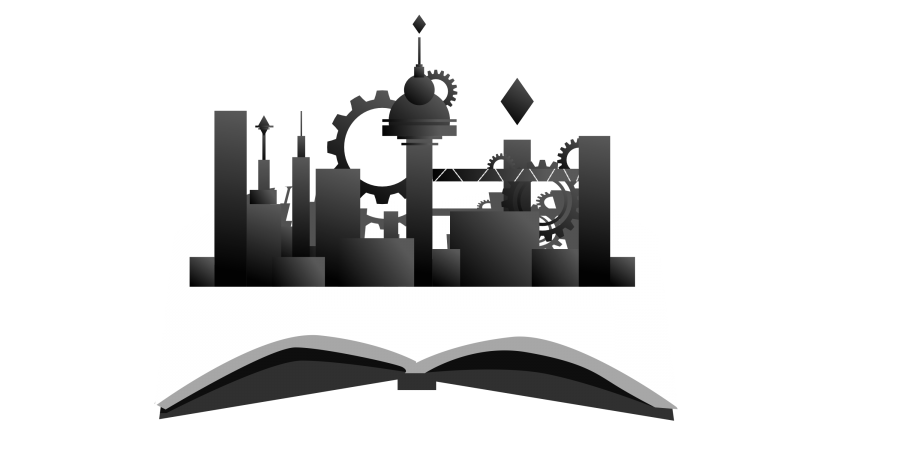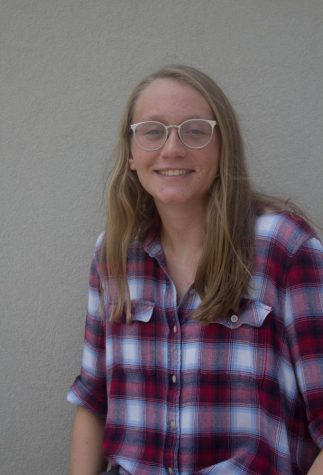Imagine a world in which everything that you do is monitored by the government. The clothes you wear, the decisions you make and the vocational field that you enter are all decided for you by people whom you don’t know. Most of the newly-written books that have become household names in the past five years are set in controlling societies such as dystopias. From “The Hunger Games’s” Panem, whose regime forces children from around the country to fight to the death, to the Glade of “The Maze Runner”, which brainwashes its inhabitants and is surrounded by a deadly and ever-changing maze, the settings of these books definitely fit that picture.
With more and more dystopian series being turned into blockbuster movies each year, the question isn’t whether dystopian fiction is popular or not. Instead, why is it? Why do we enjoy reading about these societies in which seemingly all hope is lost?
It’s not that dystopia didn’t exist until five years ago. Dystopian literature such as Ray Bradbury’s “Fahrenheit 451” and George Orwell’s “1984” have been around since before 1950. However, what separates the recent dystopian novels from those written in the past is that many of them are now marketed specifically for young adults (YA). This category of literature barely existed 20 years ago.
Though YA books are specifically marketed towards teenagers, they are also popular with adults. According to a study from 2012, 55% of YA readers are at least 18 years old. YA is universally appealing due to its exciting plots, escapist factor and ability to create nostalgia in readers of all ages. In fact, the majority of YA readers are women between the ages of 15 and 28. Genre fiction (commercial, plot-driven fiction often not set in a realistic universe) is especially popular with this demographic.
The characteristics of YA literature lend themselves very well to being set in dystopian worlds. The exciting, plot-driven nature of many dystopian stories, often involving the saving of the book’s society or world, is very compelling and able to keep even easily distracted teenagers engaged. Furthermore, most dystopian plots call for a strong protagonist that teenagers can identify with and yet aspire to be.
“I love dystopian books because their main characters are often strong women, and I love it when girls get it done,” sophomore Jordon Rupp said.
More universally, dystopian societies are appealing because they are worlds in which we can lose ourselves. Dystopias are often alternate universes that turn our world upside-down and make us see it in a whole new way.
Still, why did dystopian YA novels become popular when they did? Why not sooner or later? This is partly due to a relatively pessimistic public outlook of late. With the economic recession of 2008 and the wars ravaging the Middle East, many people are thinking of the world at its worst. They are imagining bizarre, nightmare versions of our world that reflect their worst fears about what our society would become.
On the contrary, many of these books also feature young, idealistic protagonists who aren’t afraid to stand up for what they believe in and rebel against the system. At the same time, youth activism is springing up in ways that it hasn’t since the 1960s and 1970s. The books a society produces are often a mirror of the society’s outlook as a whole.
Just like any other market, the literary market experiences trends and waves, specifically pertaining to what genres of books are the most popular with different demographics. After seeing the wild popularity of several recent YA dystopian trilogies, such as Suzanne Collins’s “The Hunger Games”, many authors have started writing dystopian fiction of their own in an effort to capitalize on readers’ interest and to make a bigger profit.
“Success breeds imitation,” said librarian Reba Gordon. “With the popularity of “The Hunger Games”, YA authors started all writing about dystopias, leading to an overwhelming amount of dystopian fiction in the YA market.”
Though dystopian books have become very popular, eventually readers were beginning to get sick of them. As the popularity of dystopian novels wanes, realistic fiction is beginning to gain popularity in the YA market. This is demonstrated by today’s most popular YA author, John Green, who writes books that all take place in our normal everyday world. It may still seem like dystopia is still the most popular with teenagers, but this may be because Hollywood is working on a delay from the publishing world and is still in the midst of releasing movies based on those dystopian books.
Though YA dystopian fiction may not be as popular as it has been in past years, it still has the great power to capture our attention, transport us to different worlds, as well as continually inspire us to follow in the ongoing footsteps of the protagonists to craft our own path in the years to come.




